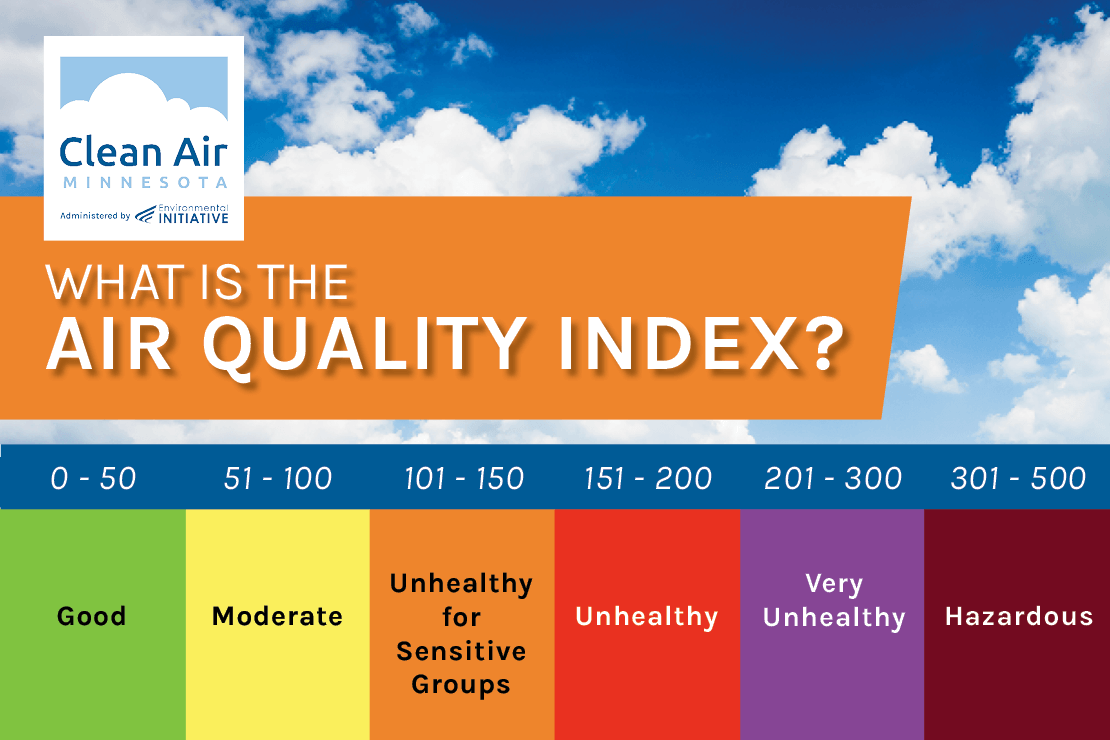The Air Quality Index (AQI) is a standardized measurement used to gauge the quality of the air in a specific location. It takes into account various air pollutants, such as ground-level ozone, particulate matter, carbon monoxide, sulfur dioxide, and nitrogen dioxide. By analyzing these pollutants, the AQI provides a numerical value that indicates the overall air quality in a given area.
Understanding the AQI is crucial because it helps individuals and authorities make informed decisions regarding outdoor activities and health precautions. Let’s dive deeper into how the AQI is calculated and what each of its categories signifies.
Calculating the AQI
To calculate the AQI, measurements of different air pollutants are taken and converted into a standardized index. This index ranges from 0 to 500, with lower values indicating better air quality and higher values indicating poorer air quality. The AQI is divided into several categories, each corresponding to a specific range of index values.
AQI Categories
- 0-50 (Good): Air quality is excellent, posing little or no risk to health. Enjoy outdoor activities without concern.
- 51-100 (Moderate): Air quality is acceptable, but there may be a slight risk for those unusually sensitive to pollution.
- 101-150 (Unhealthy for Sensitive Groups): Individuals with respiratory or heart conditions may experience health effects. Limit prolonged outdoor exertion.
- 151-200 (Unhealthy): Everyone may begin to experience health effects. Avoid outdoor activities, especially if you have pre-existing health conditions.
- 201-300 (Very Unhealthy): Health alert – everyone may experience more serious health effects. Stay indoors and keep outdoor activities to a minimum.
- 301-500 (Hazardous): Health warnings of emergency conditions. The entire population is likely to be affected. Avoid outdoor activities altogether.
The Impact of Poor Air Quality
Exposure to high levels of air pollution, as indicated by a high AQI value, can have severe consequences for health. Short-term exposure may result in symptoms like coughing, throat irritation, and difficulty breathing. Long-term exposure can lead to chronic respiratory diseases, heart problems, and even reduced life expectancy.
How to Protect Yourself
To safeguard your health and well-being, it’s essential to stay informed about the AQI in your area. Here are some practical steps you can take:
- Check the AQI Daily: Keep an eye on the AQI in your locality, especially if you have respiratory conditions or plan to spend extended time outdoors.
- Limit Outdoor Activities: On days when the AQI is in the “Unhealthy” range or higher, reduce outdoor activities, especially strenuous exercise.
- Use Air Purifiers: Consider using air purifiers with HEPA filters to improve indoor air quality.
- Wear Masks: When necessary, wear masks that offer protection against pollutants, such as N95 respirators.
- Ventilate Indoors: Ensure good ventilation in your home by opening windows and using exhaust fans.
- Reduce Emissions: Contribute to better air quality by using public transportation, carpooling, or driving fuel-efficient vehicles.
Frequently Asked Questions (FAQs)
What factors contribute to a high AQI?
Various factors, including industrial emissions, vehicle exhaust, weather conditions, and geographical location, can contribute to a high AQI.
Can I trust mobile apps for AQI information?
Yes, many reliable mobile apps provide real-time AQI information based on official data sources.
How can I improve indoor air quality?
To improve indoor air quality, use air purifiers, maintain clean HVAC systems, and avoid smoking indoors.
Are children more vulnerable to poor air quality?
Yes, children are often more susceptible to the effects of air pollution because their respiratory systems are still developing.
Can AQI values change throughout the day?
Yes, AQI values can fluctuate due to changing weather conditions and pollution sources.
Is it safe to exercise when the AQI is moderate?
Exercising when the AQI is moderate is generally safe for most people. However, individuals with respiratory conditions should be cautious.
Conclusion
The Air Quality Index is a vital tool that empowers individuals to make informed decisions about their outdoor activities and health. By understanding the AQI and taking appropriate precautions, we can all contribute to better air quality and lead healthier lives.


